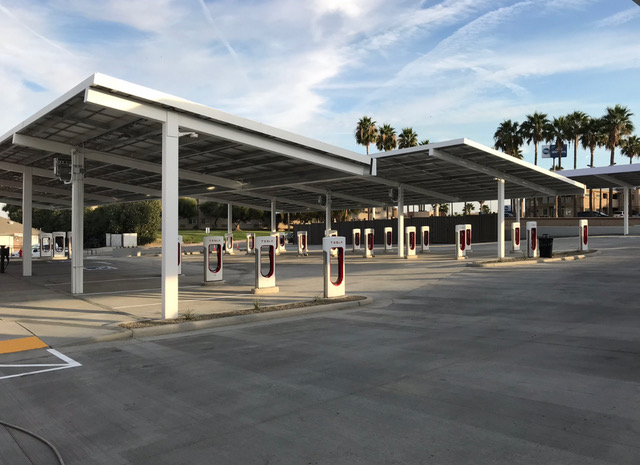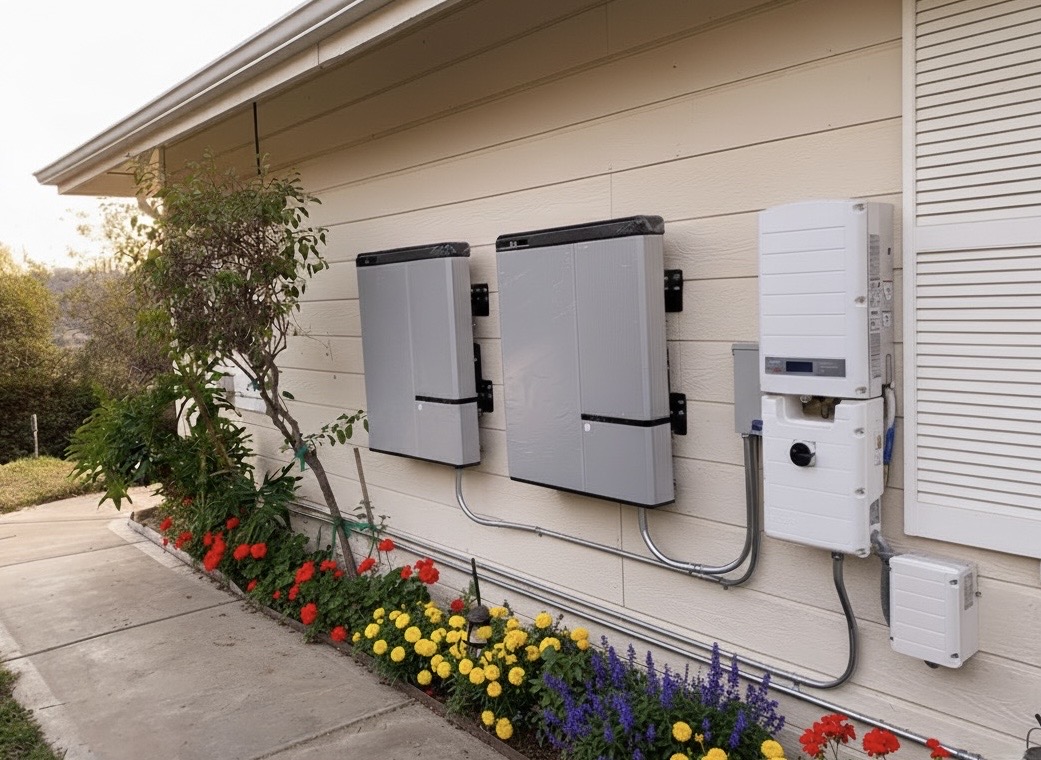Commercial Exhaust Fan & Ventilation Wiring in Santa Monica
From busy kitchens off the Third Street Promenade to boutique fitness studios near Ocean Avenue, Santa Monica businesses rely on dependable ventilation to keep people comfortable, safe, and code-compliant. Shaffer Construction, Inc. designs and installs commercial exhaust fan and ventilation wiring that stands up to coastal conditions while meeting California Title 24 energy standards. We size the right fans, design dedicated circuits, integrate smart controls, and coordinate with your mechanical contractor so the entire system works seamlessly. Whether you manage a cafe near the Pier, a creative office by Bergamot Station, or a hotel on Wilshire, our team delivers fast, precise wiring installations—often in a half day to one day—to minimize downtime and protect your investment.
Our Work



Benefits
Built for Tomorrow
We design ventilation wiring that’s ready for growth. From BACnet/Modbus-ready fan controllers to demand-control ventilation using CO2 or humidity sensors, we integrate with building management systems and future add-ons. Variable Frequency Drives (VFDs) and efficient ECM fan motors cut energy use, while networked timers, digital relays, and cloud-capable monitors provide remote visibility. Our layouts leave space in panels and conduits for future fans or expanded duty cycles, so upgrades happen without rework or downtime.
Permits and Codes
Shaffer Construction handles electrical permitting end-to-end, coordinating with the City of Santa Monica Building and Safety Division. Our installations follow the California Electrical Code (CEC), Title 24 Part 6 (Energy Code), CALGreen, NFPA 70, and—when applicable—NFPA 96 for commercial kitchen hoods and interlocks. We align with Santa Monica Municipal Code noise and screening requirements, prepare as-built documentation, and meet inspectors on site. The result: a smooth plan check, clean inspection sign-offs, and a system that’s compliant on day one.
Proven Craftsmanship
We use THHN/THWN-2 copper conductors, liquidtight flexible conduit (LFMC/LFNC-B) for rooftop runs, stainless or hot-dipped galvanized hardware, and NEMA 4X or epoxy-coated enclosures to resist salt air. Dedicated circuits and labeled disconnects provide safe serviceability. Vibration-isolation connectors minimize noise transmission. Our terminations are torque-verified and ferruled where appropriate for secure connections. Every installation is megger-tested and function-verified so your fans run quietly, efficiently, and reliably.
Tailored Design Plans
Each project starts with a ventilation needs assessment: room volumes, code-required air changes, duty cycles, and duct constraints. We match fan sizing (CFM) with circuit design, short-circuit and voltage-drop checks, and panel capacity verification. Plans include single-line diagrams, control schematics for sensors/timers/VFDs, and clear routing that respects historic finishes and tenant operations. We coordinate penetrations, roof curbs, and control points with your mechanical team to ensure the electrical and mechanical scopes align perfectly.
What We Offer
Frequently Asked Questions
How do I know what size exhaust fan I need for my Santa Monica cafe or restaurant?+
Fan sizing depends on your space volume, occupancy, and ventilation requirements. A cafe near the Pier with open kitchen might need 500-1000 CFM per minute per hood, while a creative office by Bergamot needs 0.15-0.20 CFM per square foot. HVAC code and fire code set minimums, which vary by use. We conduct a site survey, coordinate with your mechanical contractor, and size the right fan to meet code without over-specifying (which wastes energy). Undersizing causes cooking odors and humidity; oversizing runs up your energy bill.
Can I control exhaust fans remotely or integrate them with building automation?+
Yes. We install BACnet or Modbus-ready controllers so your fans integrate with building management systems. Demand-controlled ventilation using CO2 or humidity sensors automatically adjusts fan speed, cutting energy use 20-40%. You can monitor runtime, filter status, and alarms from your phone or computer. For multi-tenant buildings on Wilshire or downtown, this level of control lets you bill tenants fairly and respond quickly to equipment issues without waiting for on-site visits.
How do Variable Frequency Drives reduce exhaust fan energy costs?+
VFDs ramp fan speed up or down based on real demand rather than running at full power constantly. A hotel on Wilshire with varying occupancy can reduce fan energy by 40-60% using VFDs combined with demand sensing. When occupancy or odor/humidity drops, the VFD slows the fan proportionally, cutting noise and electricity use. Payback is typically 2-4 years through lower utility bills, and many properties qualify for SCE rebates that offset 20-30% of VFD installation costs.
What electrical permitting is needed for exhaust fan installation in Santa Monica?+
Any new fan wiring requires electrical permits and City of Santa Monica Building and Safety approval. Kitchen hood installations may also need fire marshal review per NFPA 96 kitchen ventilation standards. We prepare all submittals (one-line diagrams, load calcs, as-built plans), coordinate with the mechanical contractor's submittals, and attend inspections. Permitting typically takes 1-2 weeks. Our experience with Santa Monica Building and Safety means fewer plan-check comments and faster approval.
How does coastal salt air affect exhaust fan wiring, and how do you protect it?+
Salty fog corrodes standard conduit and hardware, shortening system life. Rooftop exhaust fans are especially exposed to salt air near the beachfront. We specify stainless steel or hot-dipped galvanized hardware, LFMC/LFNC-B liquidtight flexible conduit for rooftop connections, and NEMA 4X or epoxy-coated enclosures. Vibration-isolation connectors also minimize noise transmission while protecting connections from moisture. These upgrades add 10-15% to material cost but extend system life by 5-10 years in our coastal environment.
How quickly can you install exhaust fan wiring, and will it disrupt my operations?+
Most Santa Monica installations take 4-8 hours (often a half day), depending on complexity and distance from the panel. For cafes and restaurants, we coordinate timing to minimize kitchen disruption, usually installing during off-hours or between service periods. Pre-planning, coordination with your mechanical contractor, and staged panel work help us stay on schedule. Once installed, function testing and commissioning take 1-2 hours, after which your fans are ready to go.
Related Services in Santa Monica
Ready to Get Started?
Contact us today for a free consultation and quote on your electrical project!
Contact Us